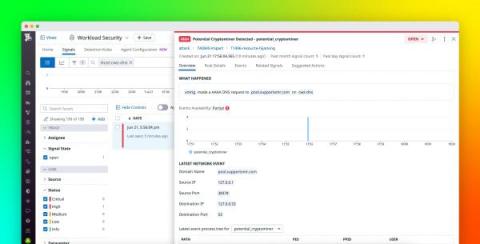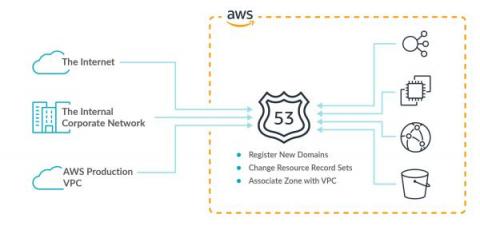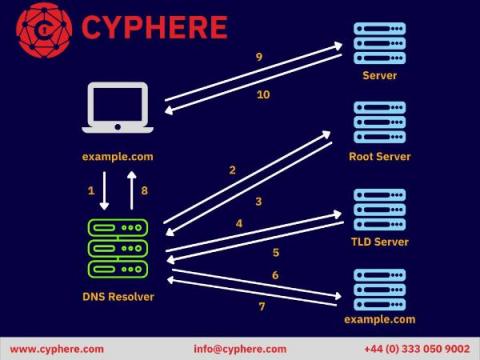Identify security vulnerabilities with DNS-based threat detection
The Domain Name System (DNS) is responsible for mapping client-facing domain names to their corresponding IP addresses, making it a fundamental element of the internet. DNS-level events provide valuable information about network traffic that can be used to identify malicious activity. For instance, monitoring DNS lookups can help you see whether a host on your network attempted to connect to a site known to contain malware.









